IN THE GALLERY: Focus
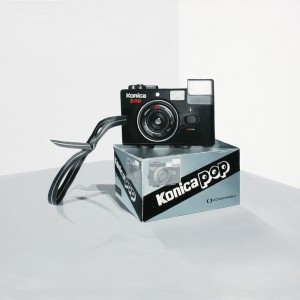
Konica Pop, 2007
Oil on canvas
70 x 70 cm
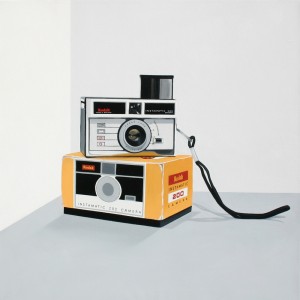
Kodak Instamatic, 2007
Oil on canvas
70 x 70 cm
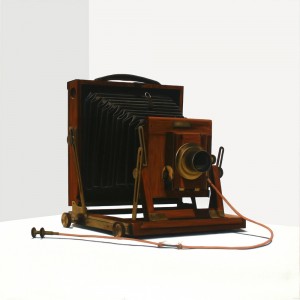
Le Chambre Noir 2, 2007
Oil on canvas
130 x 130 cm
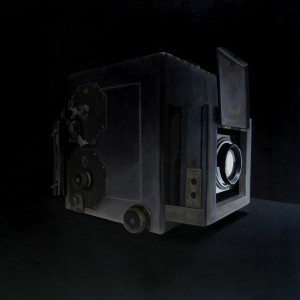
Fixed Focus, 2007
Oil on canvas
93 x 93 cm
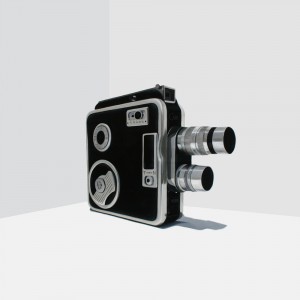
Film Noir, 2007
Oil on canvas
100 100 cm
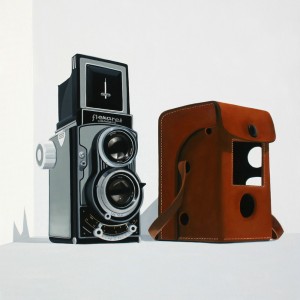
Flexaret, 2007
Oil on canvas
93 x 93 cm
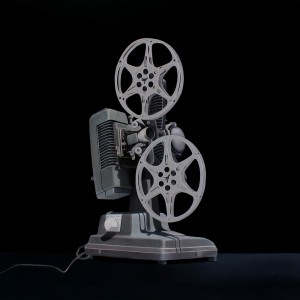
Monumenta, 2007
Oil on canvas
100 x 100 cm
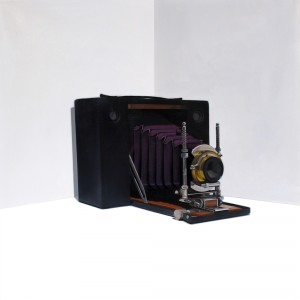
Appareil-photo, 2007
Oil on canvas
100 x 100 cm

Les Armees de Trios 2, 2007
Oil on canvas
130 x 130 cm
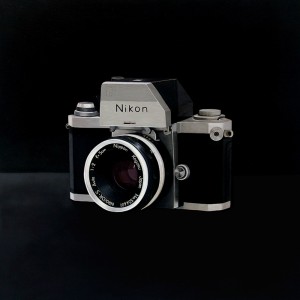
Photographie Noire et Bianche, 2007
Oil on canvas
80 x 80 cm
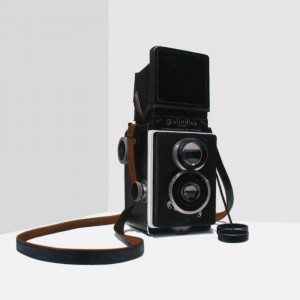
Twin Les Reflex, 2007
Oil on canvas
80 x 80 cm
Victoria Reichelt
2 - 31 Aug 2007
Supposing that there were a machine whose structure produced thought, sensation, and perception, we could conceive of it as increased in size with the same proportions until one was able to enter its interior, as he would into a mill. Now, on going into it he would find only pieces working upon one another, but never would he find anything to explain perception.
– Leibniz
Victoria Reichelt paints collections of objects which have outlived their use. Her paintings have a second hand or ‘second degree’ (Barthes) aesthetic. She explores the op shop to investigate reality as a fiction and text. Her paintings foreground the division between what represents and what is represented. She paints outmoded toys, games and books while calling into question image and object. The lack of emotion in Reichelt’s paintings suggests the estrangement and the distortion that accompanies the classification of things. In this sense, she produces a doubled or fissured image of an aberration. Her paintings exist in a liminal threshold between the past and a new era. This threshold was explored in the films of the director, Jean Luc Goddard when the art of critique reached an impasse in the emergence of popular mass culture.
Reichelt’s paintings of lifeless, antique cameras foreground the beauty of redundant objects and the fad to collect them. The careful realism of Reichelt’s paintings suggests the surreal influence of the uncanny in her work. Photographic realism was a strategy employed by Dali and Magritte to unsettle rather than reassure. Reichelt selects objects to investigate the nature of reality and representation. Her recent paintings of cameras question the relationship between image, object and gaze. Surrealist writers and artists were drawn to the potential of photography to question the truth of appearance and reality. Man Ray and Hans Bellmer staged the effect of dream and nightmare because the photographic mis en scene enabled them to produce and contemplate images of their deepest fears. Photography also afforded a safe voyeurism; a domesticated version of absolute terror which could be manipulated and controlled artistically.
Through a series of games and reversals Reichelt activates the uncanny. Ambiguity and resemblance affect a kind of doubling of identity in relation to the image. The primary effects of the uncanny include the fissure between the real and the imagined; and confusion between animate and inanimate states. Reichelt’s paintings concern realities that are not only the most obscure, but also the most familiar. From this we can see that her presentation of ordinary objects in the imaginary plane of the painting removes them from their ordinary contexts and renders them strange. This feeling is heightened as they are old or outmoded objects. Reichelt also makes visible an object which is usually an absent or invisible trace in representation. These inert objects then seem to come to life and to return the gaze of the viewer.
The ‘realism’ of Reichelt’s work, far from encouraging belief in reality, promotes the discovery of sublimity that underlies it. Her paintings are not part of this world and represent what seems ridiculous in it. In Reichelt’s paintings immanence replaces transcendence.
– Charlotte Hallows
